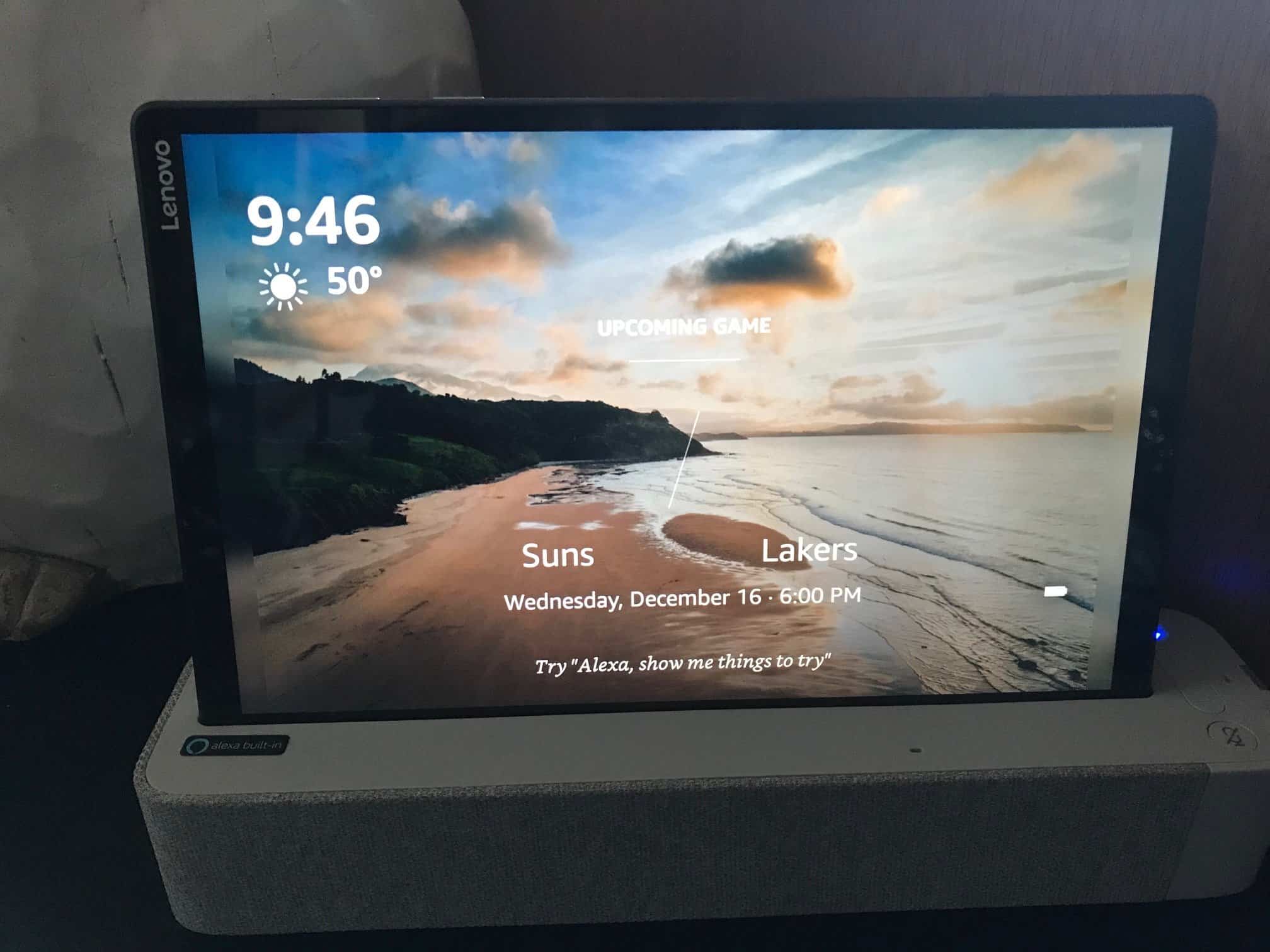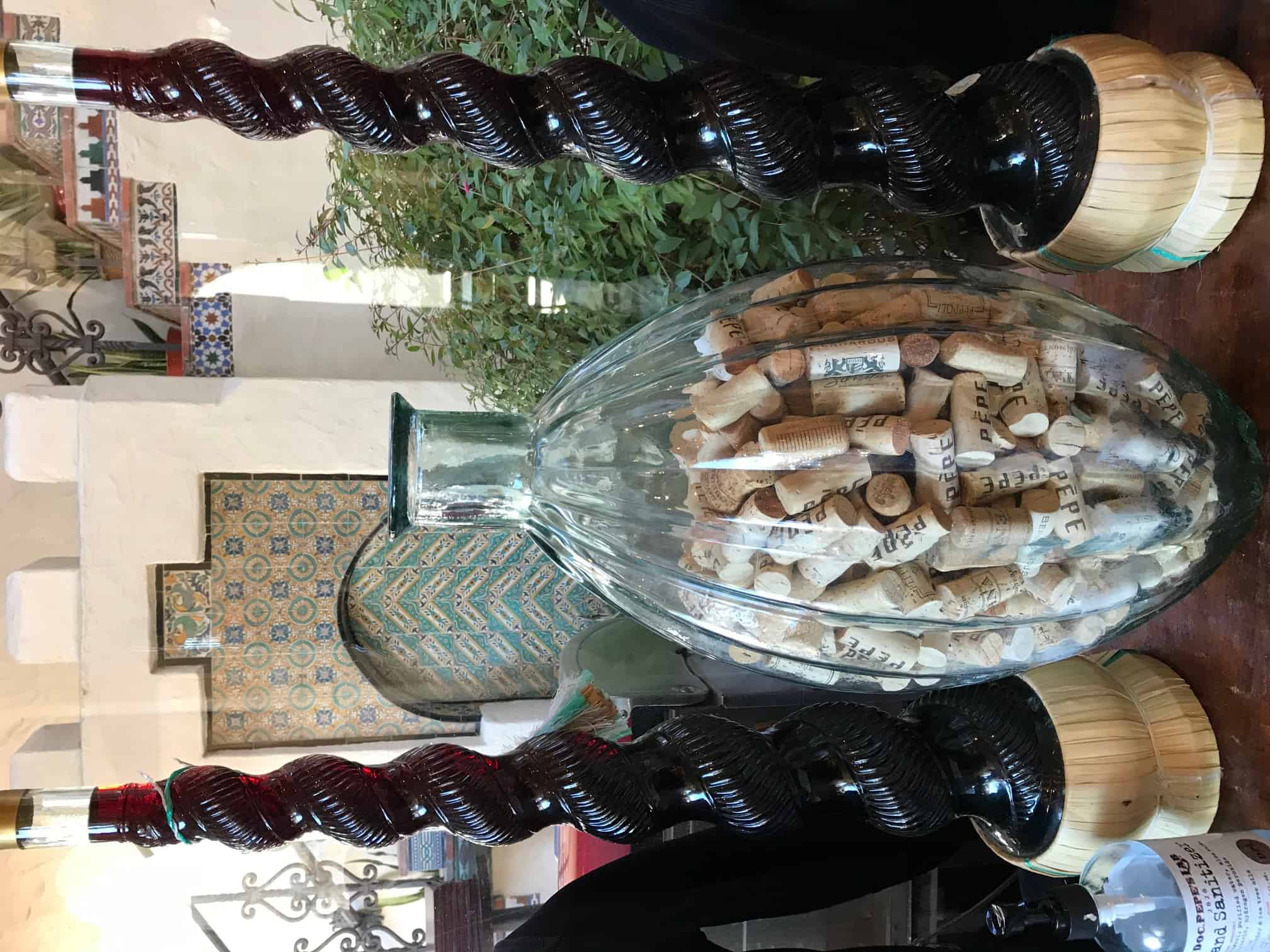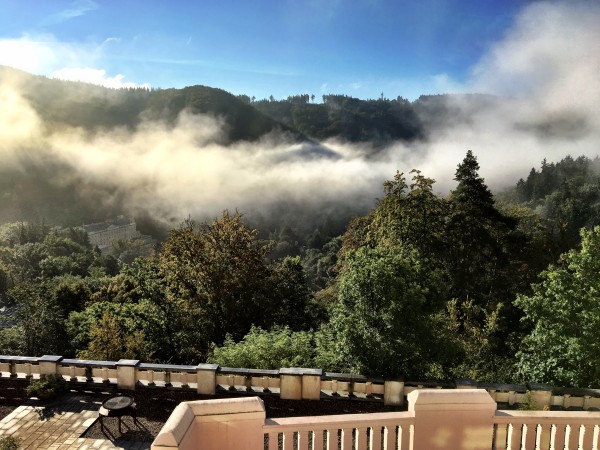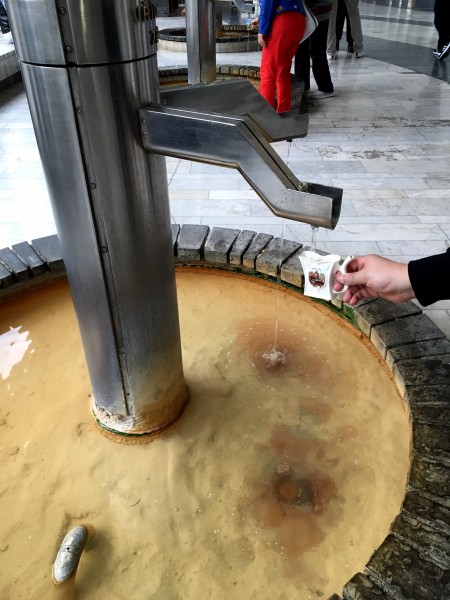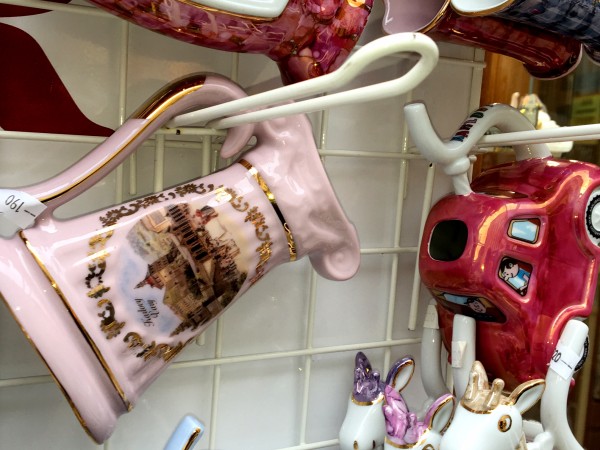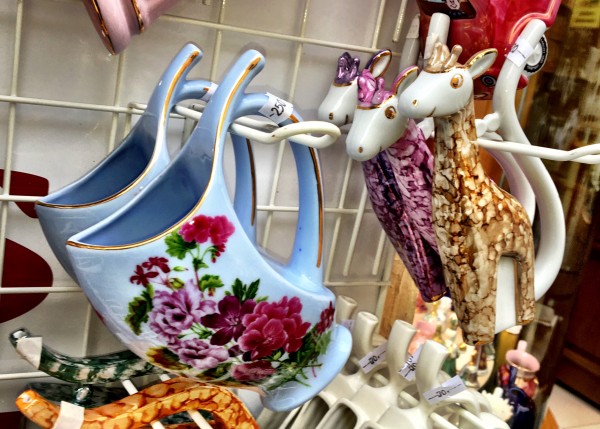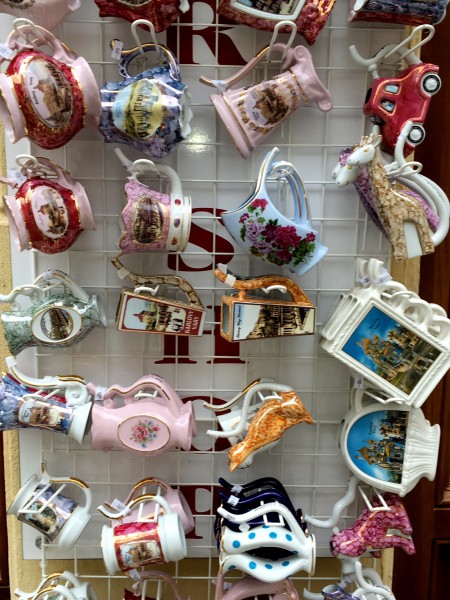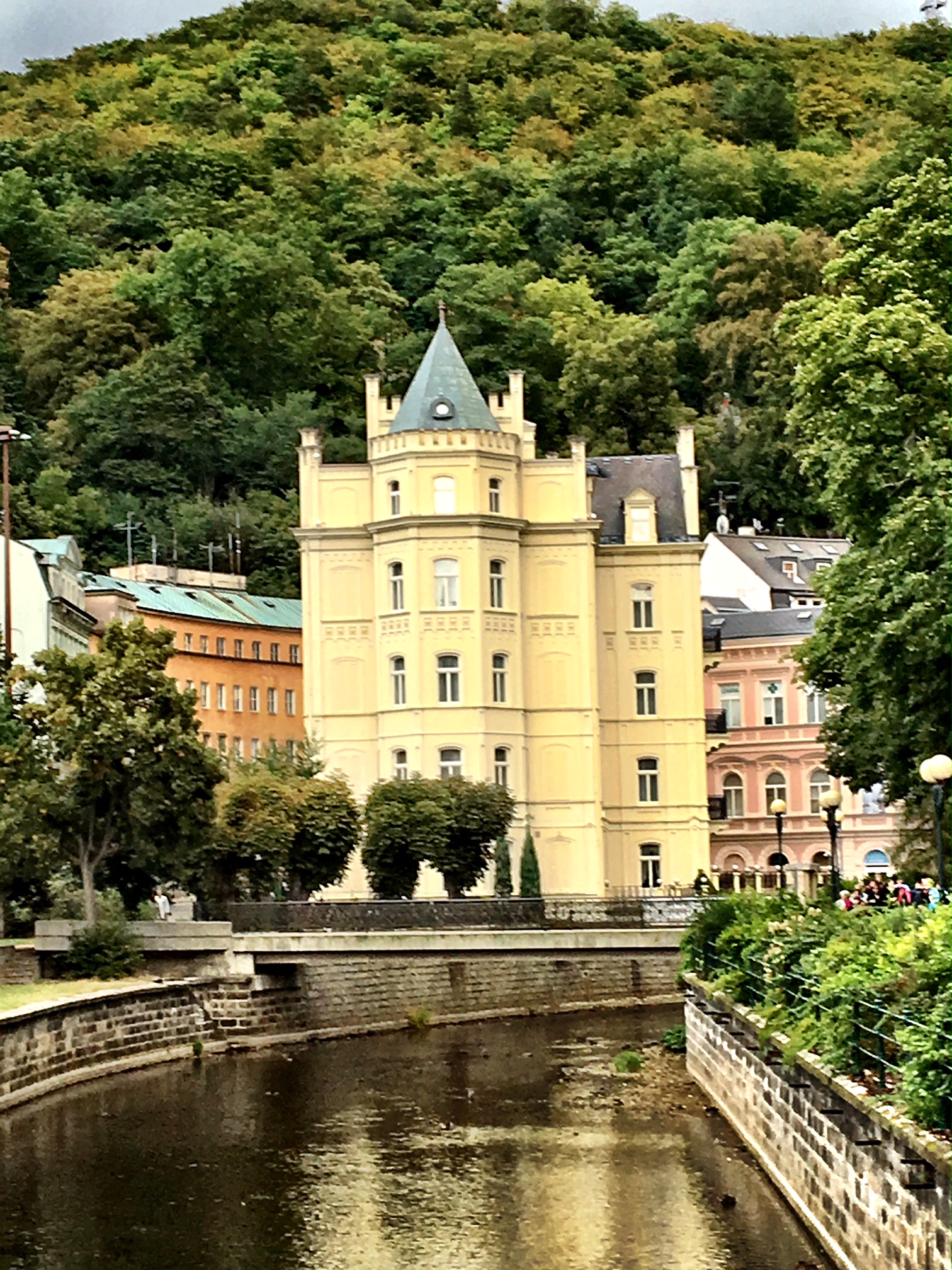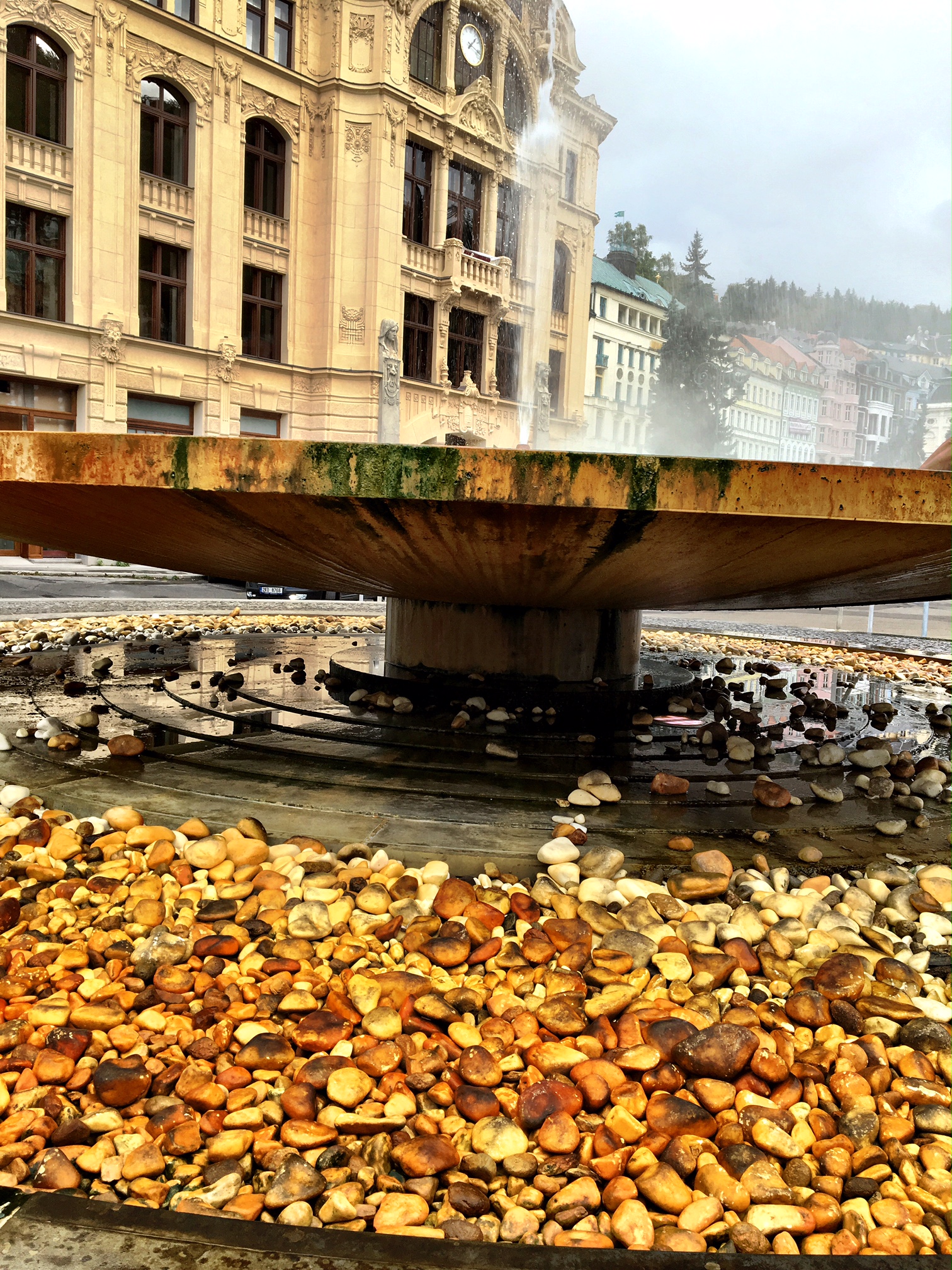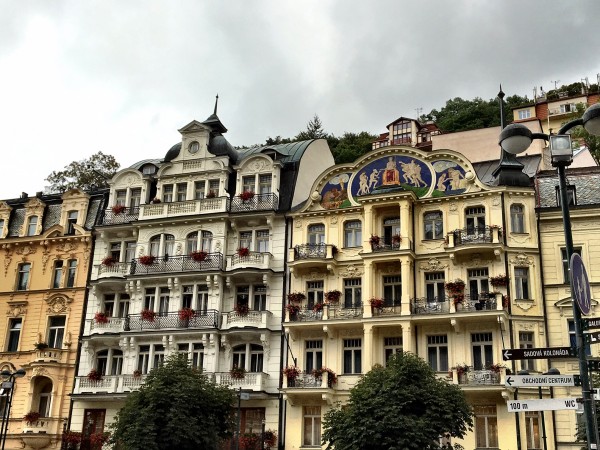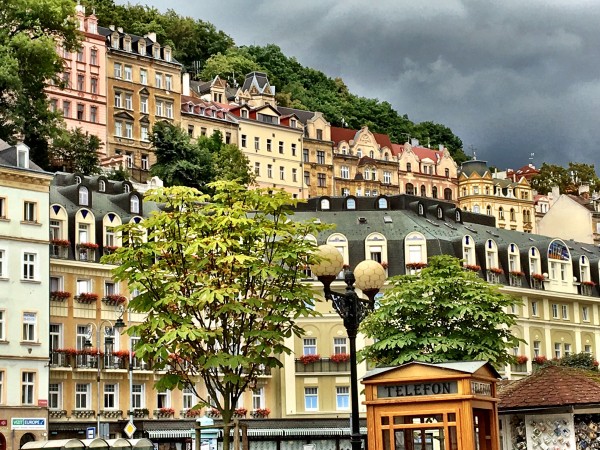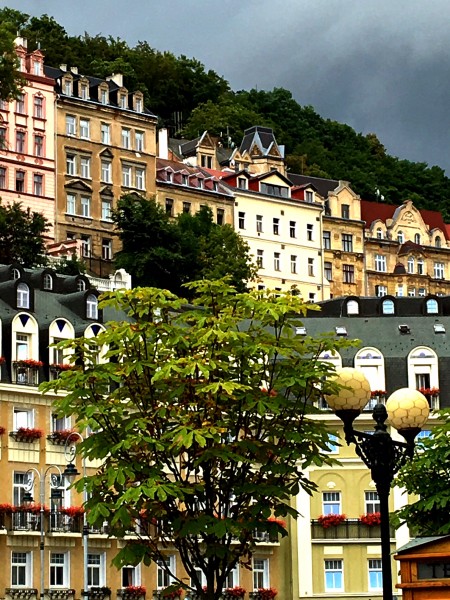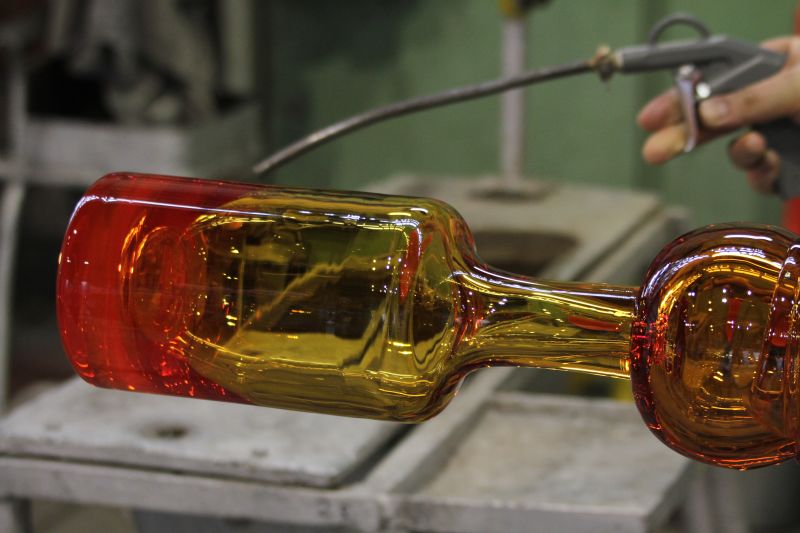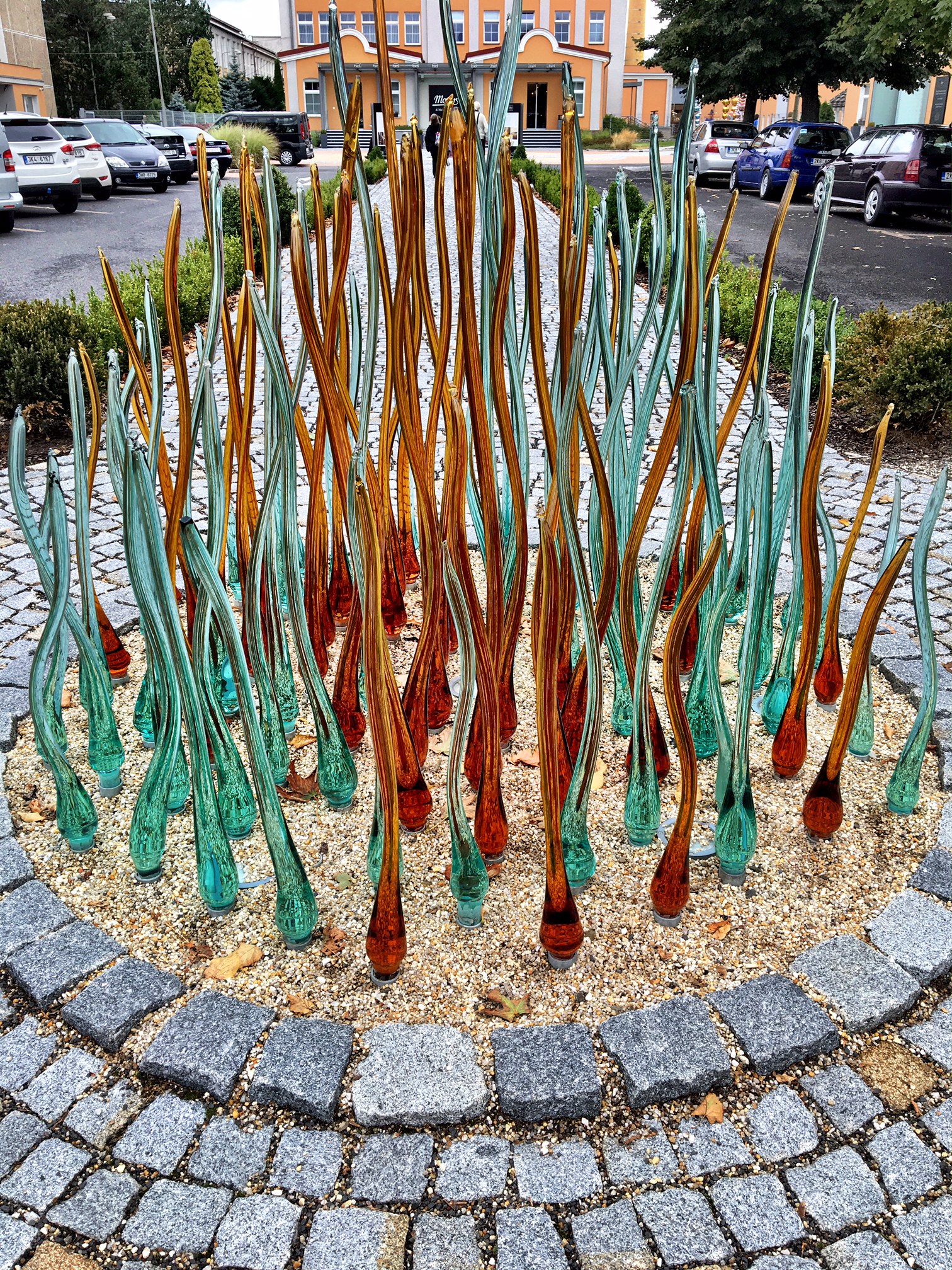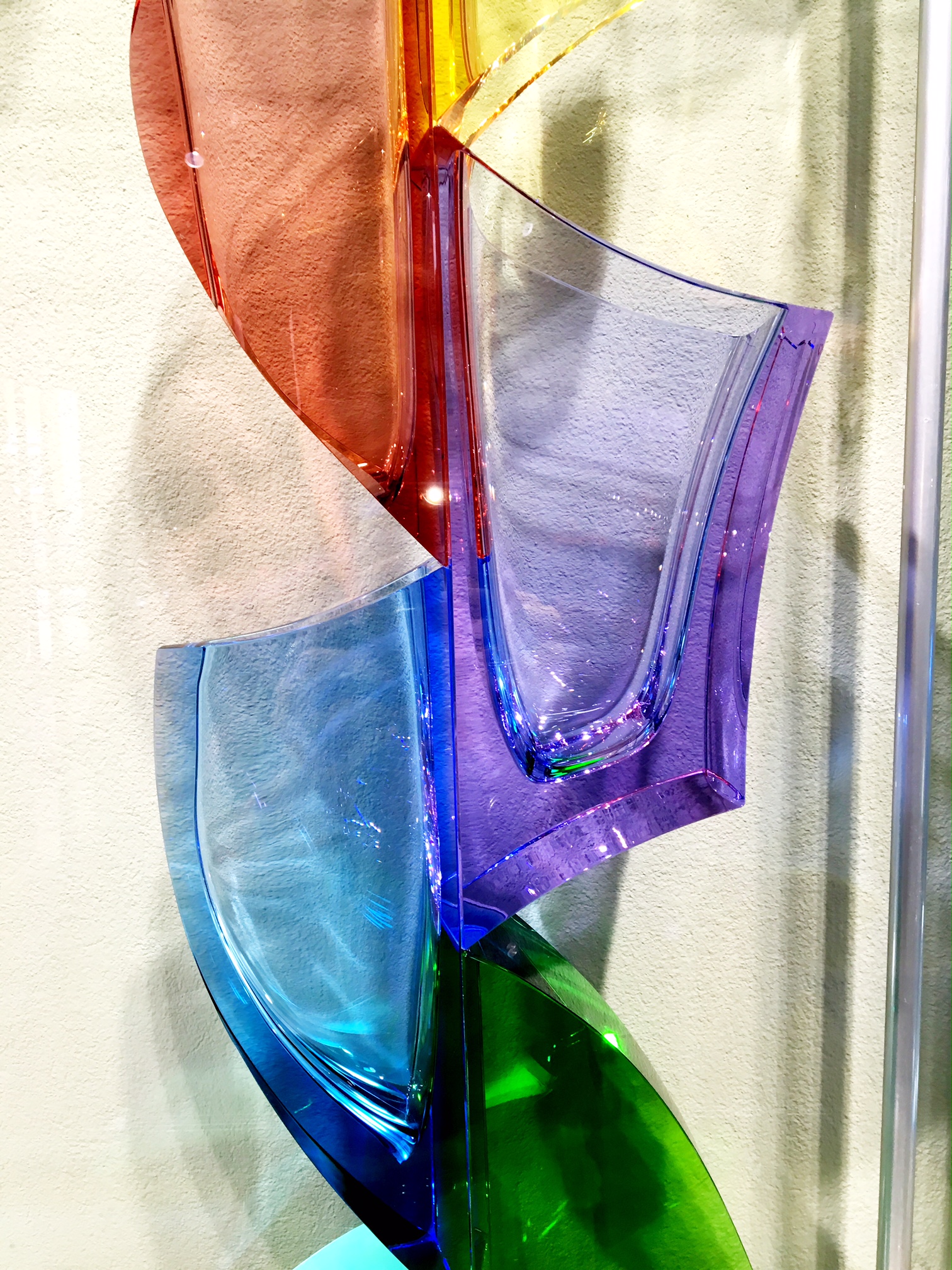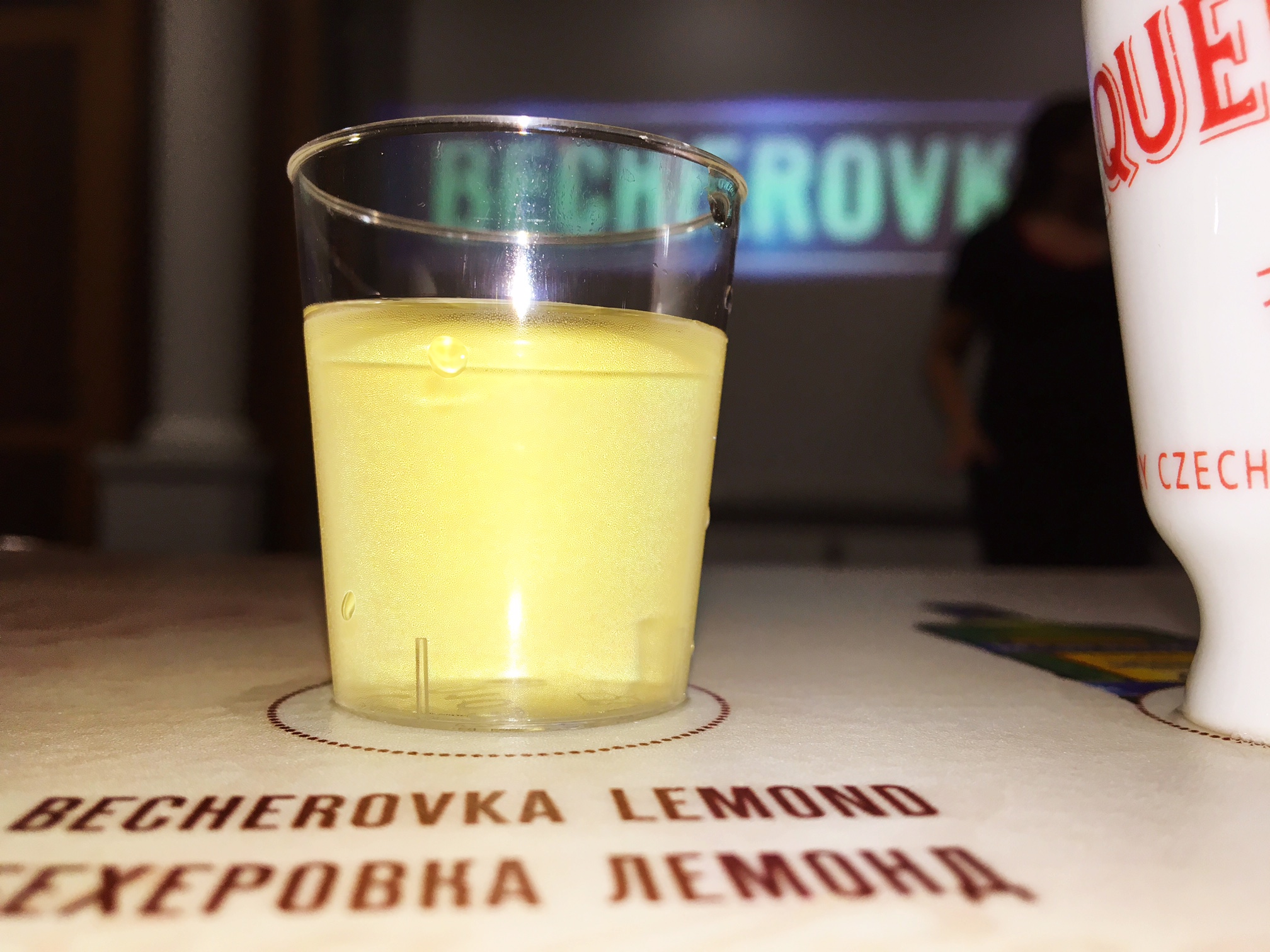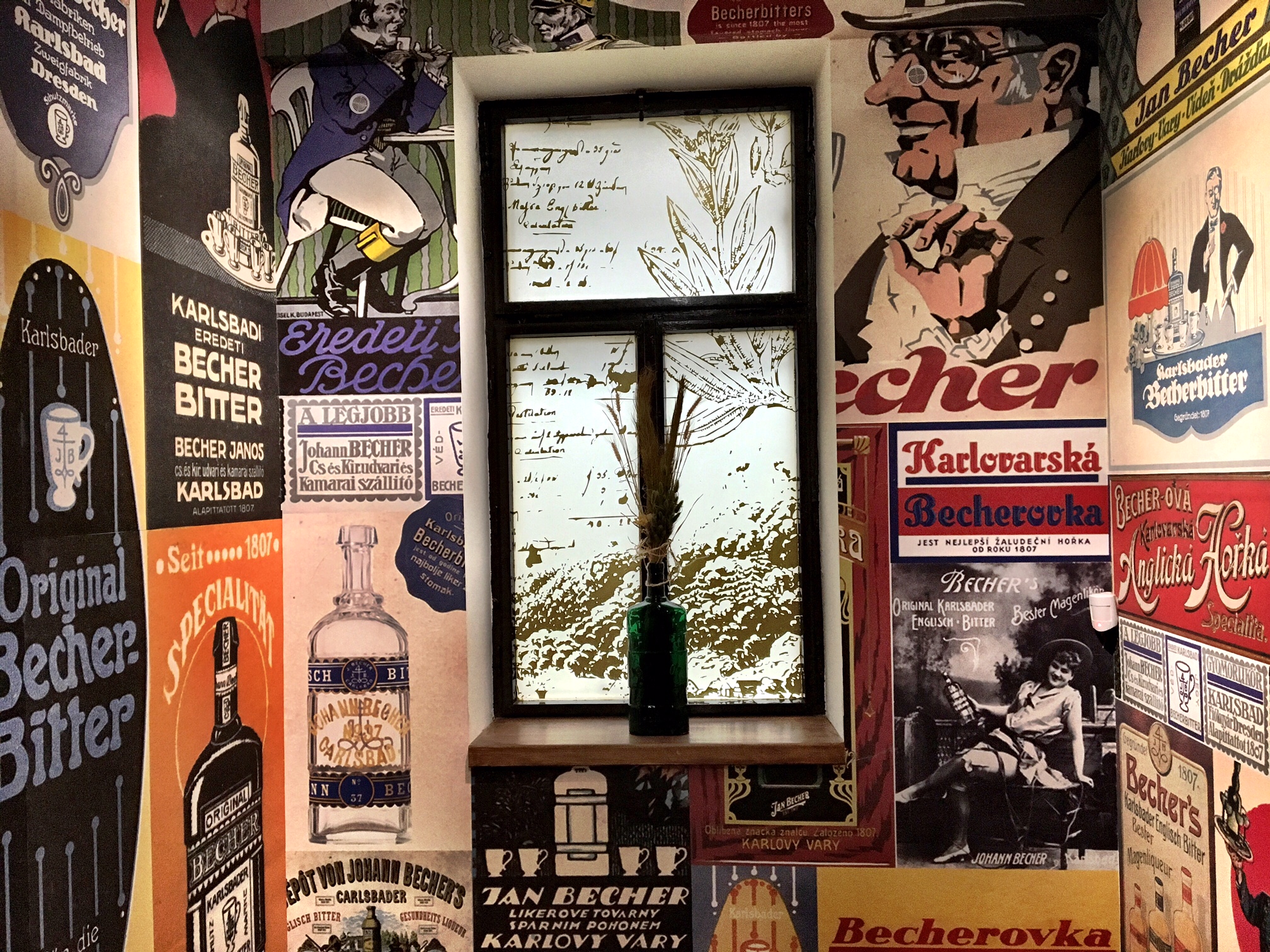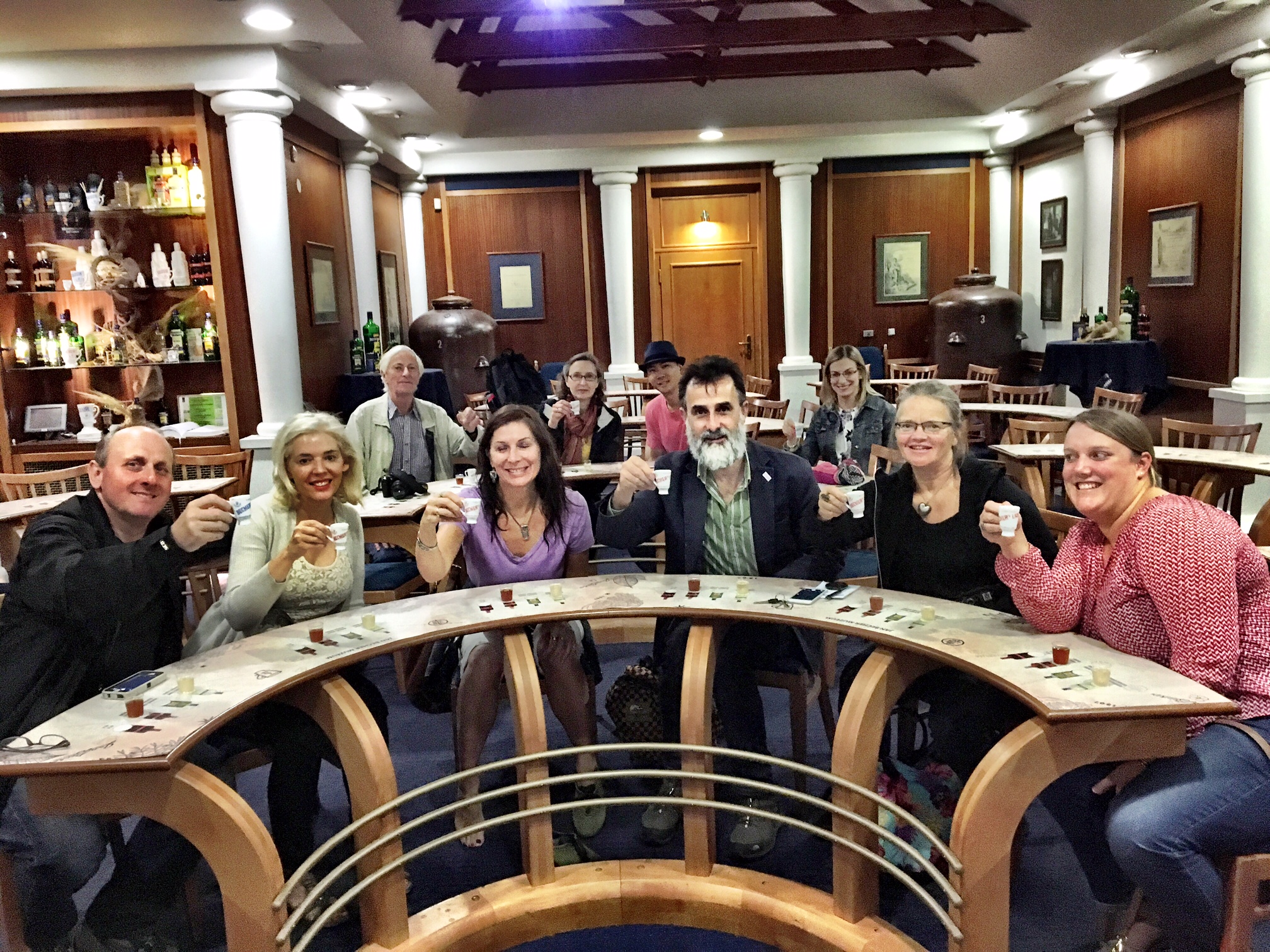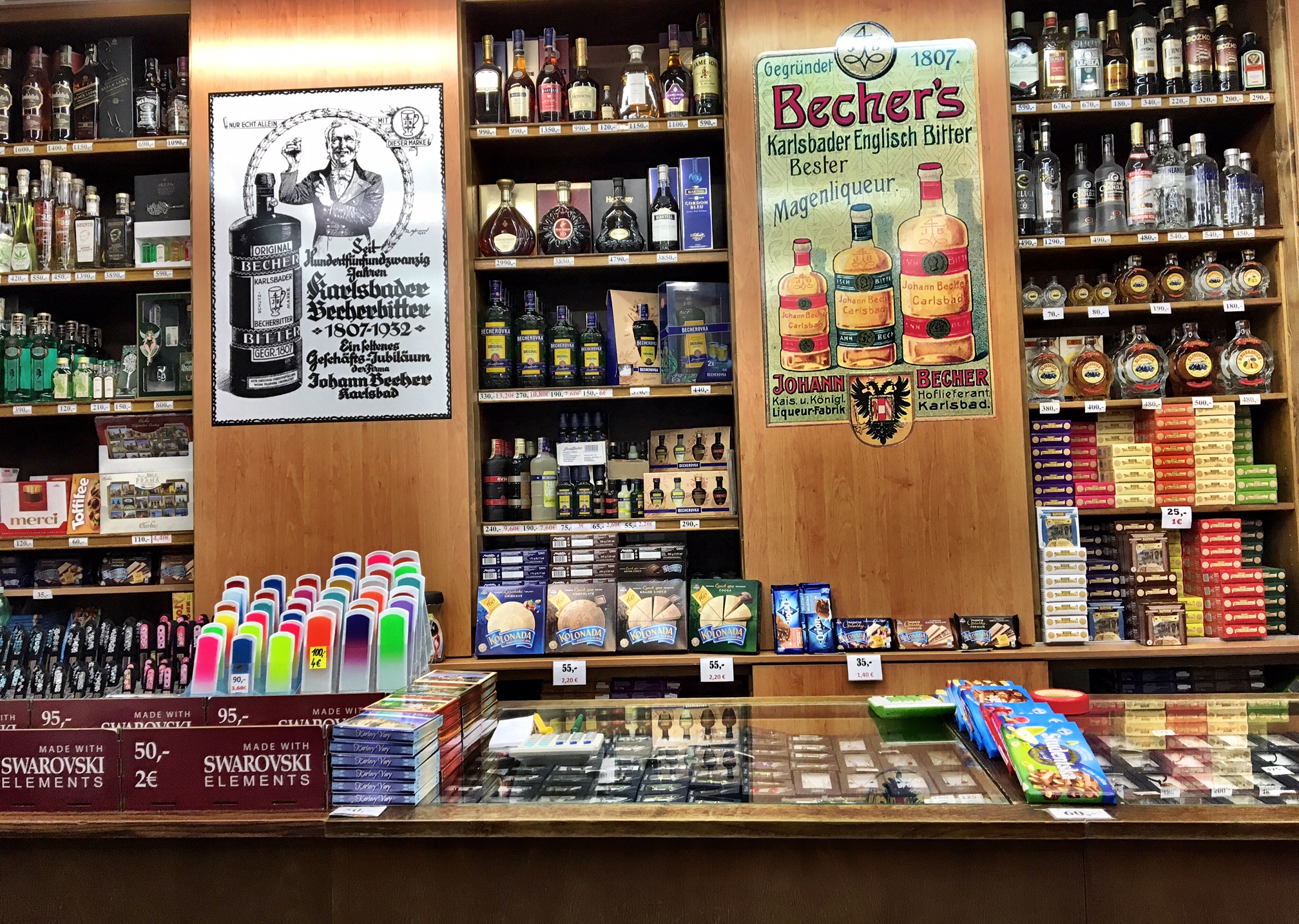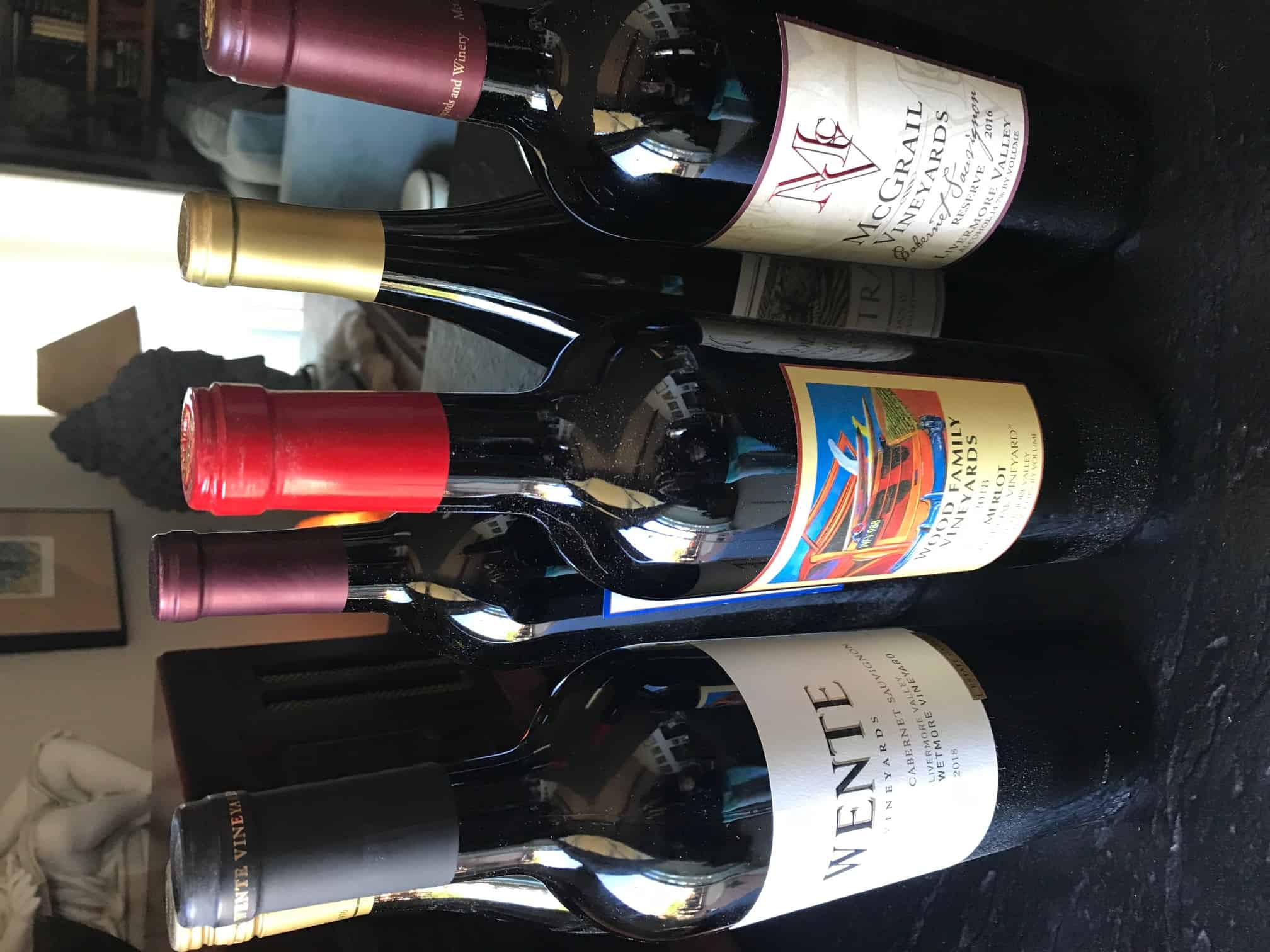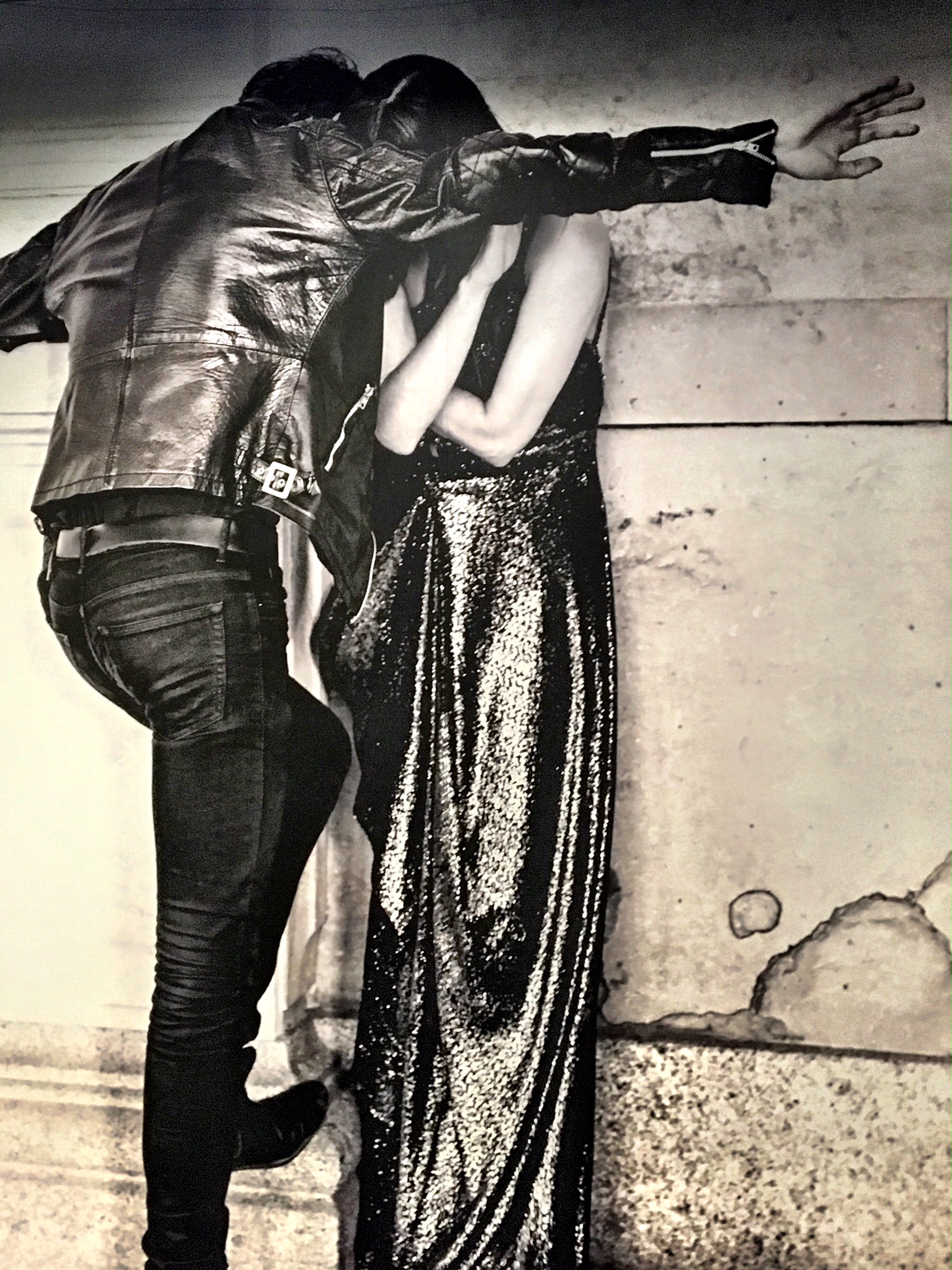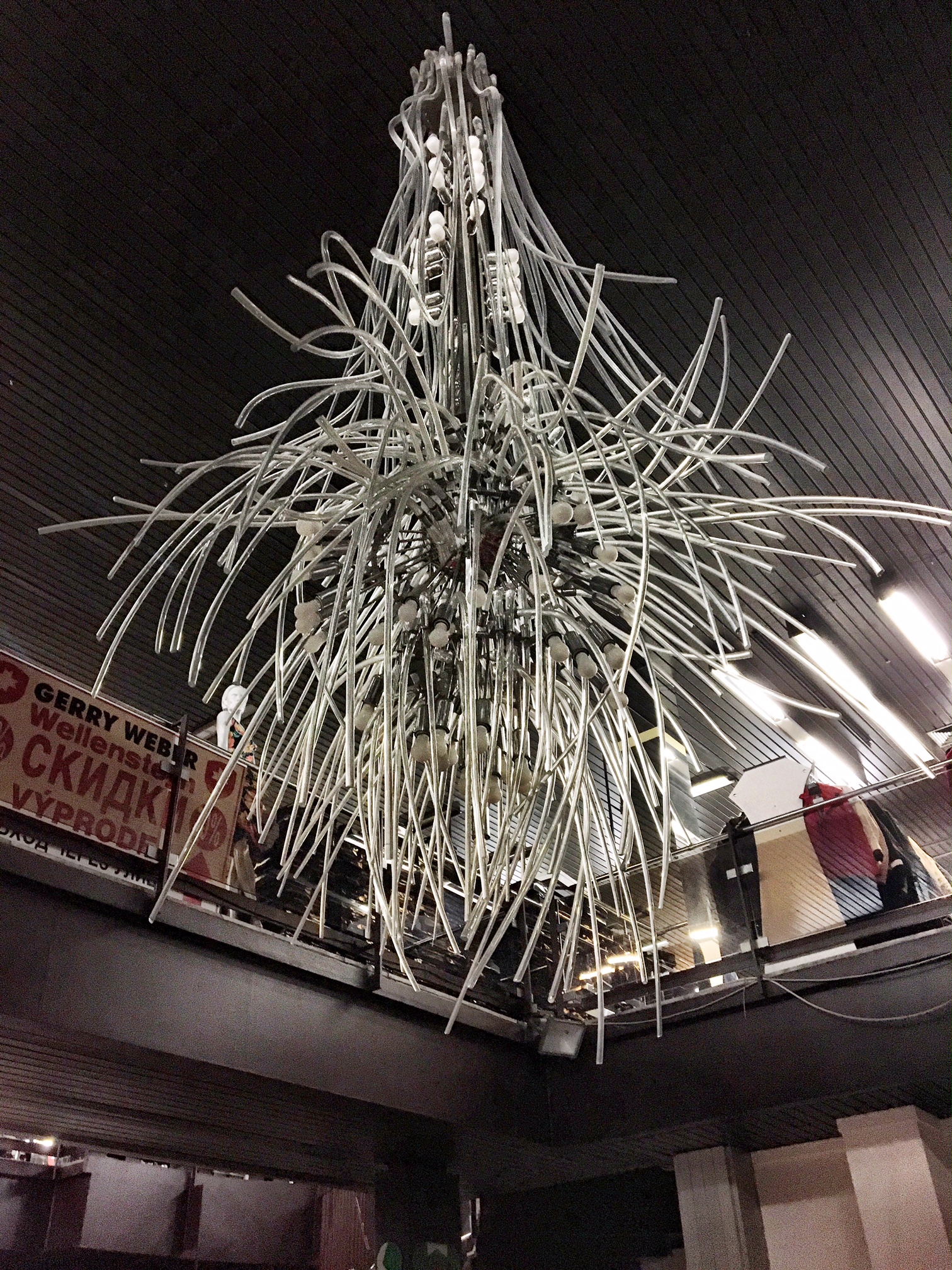Since the Medieval Era, Karlovy Vary has been renowned for the healing properties of its thermal spring waters in removing toxins and purifying the body. Rich in minerals, potassium, calcium and magnesium, the water has been referred to by Europeans as ‘The miracle mineral water’ since as far back as the 18th century. An added benefit of Karlovy Vary (also known as Karlsbad), is that the town and surrounding area is remarkably beautiful with its storybook-like promenade and houses that run along the river. It makes for a great side trip from Prague since its easy to get to and is relatively close by bus or car. Additionally, this western Bohemian picturesque town is surrounded by both cultural and nature activities in addition to its positive wellness benefits. Stunning, right? Join me on a journey through Karlovy Vary where I’ll recommend fun things to do, see, eat and drink there, the latter being the main reason people go and I don’t mean alcohol.
The architecture is another thing about Karlovy Vary; see the uniformed yet beautiful row of houses that run along the river and well, me…hamming it up in the foreground.
We stayed at the Hotel Imperial Spa and Health Club which sits on a hill on the outskirts of town and is surrounded by mountain views on all sides; it is quite simply put, majestic and breathtaking, and well worth a visit. To get to the center of town, you can drive, or you can take a tram down which is a short walk from the hotel. You’ll want to spend some time at the hotel if you do opt to stay there, largely because the natural environment and views are so stunning that it makes it hard to leave paradise. They also have a pool, two hot tubs, a gym and fitness center, tennis court, a traditional English bar and more to keep you busy on the premises. Take a look at this view from my bedroom balcony – enuf said!
Let’s start by exploring the first reason people come to this Czech spa town — the WATER!!
Thermal Waters
There are thermal waters throughout the town but unlike spa town Marianske Lazne where all the springs are cold, much of Karlovy Vary’s water is hot. Since the 16th century, the spring and the geyser of hot mineral water was covered by many structures: the Baroque building, the Classicism colonnade, cast-iron or a temporary wooden colonnade. This geyser apparently yields an average of 2,000 litres of mineral water per minute and currently, it is the only source used for bathing however the Hot Spring is also used for drinking cures. The Colonnade area contains a total of five containers with thermal water at the various temperatures of 72, 57 and 41 °C. Due to the pressure, this column of hot spring water can spurt up to 12 meters.
Below, a few examples of spa cups which you can purchase throughout the town and the region, although Karlovy Vary is probably the most widely known.
People visit the spring with their spa cups and fill it up on the spot, sipping slowly over the course of around five minutes and then they refill their cups. They strongly recommend that you consult with a doctor before drinking the water cures as some may have a negative impact depending on conditions you may have. On the Orchard Colonnade, we tasted the Snake’s Spring which was about 30 degrees C and has less minerals than the other springs, but a higher amount of CO2. We visited all of the springs on what’s referred to as the Mill Colonnade, which include the Rock Spring (53 degrees C), the Libuse Spring (62 degrees C), the Prince Vaclav I and II Springs) and the Mill Spring, which was originally only used for baths. There are also springs on what they call the Market Colonnade, the Chateau Colonnade, and the Thermal Spring Colonnade, where the Vřídlo Spring aka the Thermal Spring lives, which is at a piping hot 72 degrees C.
The Imperial Karlovy Vary where we stayed, uses almost 20% of the thermal waters, which is the biggest consumer of the thermal mineral water in Karlovy Vary for balneology use. The Thermal Spring is led directly to the Hotel Imperial and Spa Resort Sanssouci.
Here’s a video of me tasting Spring number 9 in the center of town at the Mill Collonnade.
Below, is a video of the hottest spring in Karlovy Vary, which is not used for drinking.
Western Bohemia Spa Towns & Energy
Sure, there’s Podebrady in Central Bohemia, Luhacovice in Moravia (fabulous wine here too btw) and Janske Lazne in the north but Karlovy Vary and heavenly Marianske Lazne, which is drivable and makes for a good four day excursion away from Prague, is a must do for your bucket list, especially if you’re into wellness. After all, this is where you fill up that spa cup of yours and sample sample sample. As mentioned above, they do recommend medical supervision so best to chat with your doc about your visit before you begin tasting (they strongly suggested it everywhere we went although we did taste of course, just not in large quantities)
As a spa town, there’s no shortage of treatments you can take from traditional massage to bubble baths (which we did at Hotel Imperial on our first day), to facials, mud wraps and more. Most hotels also have jacuzzis, pools and saunas.
Pool at the Imperial — two hot tubs are to the left and in the corner, there’s a thermal bath tub where you can relax in thermal waters with an appointment
A Stroll Down the Promenade
Strolling through town serves two purposes: first, its beautiful, so it will be a feast for the eyes, but secondly, you’ll pass some of the fountains in the town where you can fill up on that healing water everyone talks about. The quiet promenade sits between the ornate facades of noble houses in bright happy colors, all of which are surrounded by richly decorated colonnades. Add Mlynska Colonnade to the visual magic and you’ve got a storyland-like town with a whole lot to offer. Here, you can experience the town’s hot healing water by simply filling it up in your porcelain “spa cup,” which looks a little different than a traditional tea cup. When you do fill up your cup at whatever fountain you happen to be at, you might feel a bit in awe knowing that Peter the Great, Maria Theresa, Goethe and yes, even Beethoven and Bach have drunk from the same source.
The river is just such an exquisite walk — if you look left, you’ll have the best views of nature and architecture and if you look right, you’ll be hit with shops and cafes galore.
Then there’s those picturesque storybook-like houses that line the collonade and the river for about as far as you can walk through the town itself….
Below, a magical fountain in the center of town, too hot and too thermal to drink, but what a majestic presence it has.
Traditional Kolonada
Ever have a traditional Czech wafer? Other European countries have them too but the Kolonada is the most traditional delicious one I’ve ever tasted. In downtown Karlovy Vary, they have a shop where you can buy the traditional wafer as well as an assortment of a zillion different flavors, from vanilla, hazelnut and cinnamon to chocolate, tiramasu (which I had to buy), lemon and more.
Wafers were inherent to spa life in the 18th century and at the time, they were the most favored sweets. Let’s face it, communion wafers were produced since the Middle Ages on an open fire in a metal forceps called oplatecnice but later, oplatecnice started to be used for cooking round wafers. Baking molds are made of bronze and round wafer sheets are aged at a certain temperature and humidity for four weeks before sintering with nut mix that is poured manually today. One word to describe the tasting experience: Scrumptious!! I returned to the states with four boxes.
The Moser Glass Museum and Glassworks Factory
Let’s face it, if you’ve traveled long enough or are an art or glass lover, you’re bound to know about the world famous Bohemian glass. Truth be told, I’ve always been more of a pottery and ceramic lover than glass, but when you’re in Bohemia, you can’t not marvel at the artistry, especially since it’s a cut above other glass works you’ll likely see on your journeys. It’s such a cut above the rest, that I even bought myself a little bowl before leaving the Czech Republic. One of the best places in the country to learn about Bohemian glass and to purchase it, is at Moser Glass Museum and Glassworks Factory.
Here, we had a full tour of the factory which included seeing how the glass was blown in real-time. It was so fascinating and the tour was done so well and in-depth, that I wrote a separate piece on it which you can find here – you’ll also be able to watch some video I shot of the experience, well worth watching.
Outside, a glass spectacle that greeted us as we arrived.
Inside, there’s no shortage of incredible glass pieces you can purchase after you marvel at “glass making in the real-time.”
Becher Museum
The town’s herb liqueur Becherov has been around since 1807 so can boast a long history with the drink both locally and worldwide. The percentage of alcohol in Becherovka is around 38% and essential to its specific taste are Karlovy Vary spring water, good quality spirit, sugar and a special blend of around 32 herbs and spices. The recipe is a closely guarded secret, which apparently only two men at the Becherovka factory know. Herbs included in the traditional recipe come from nearby fields and farms but also from Asia and Africa and they’re mixed with alcohol and macerated for about a week. The Karlovy Vary water is important to the mix as is the right amount of sugar and alcohol of course. Apparently they don’t include any preservatives or artificial colors just like the early days of creating the liqueur.
The museum includes a tour, which gives you a comprehensive overview of the history behind the drink and the family that made it famous: the Bechers. Also included in the tour is tasting, everyone’s favorite part. You typically drink it cold on its own (we did during our tasting) but it’s also popular as an ingredient in mixed drinks. ‘Beton’ – Becherovka and tonic – is a popular concoction in some parts of the world, but Becherovka can also be mixed with other sodas or juice for example.
Even though the herbal creation is still produced by the Jan Becher company, the brand is now owned by Pernod Ricard. It tastes like there’s ginger and cinnamon in the mix but it’s hard to figure out every spice in this textured drink. Becherovka is known as the “thirteenth spring” and its creator, Josef Vitus Becher, spent two years to improve its recipe before launching it into the market. While there is the traditional and original liquor, which we tasted, there’s also a lemon version as well as a sweeter one they tout all women will love, although none of the women in our group did. Truth be told, everyone preferred the original recipe although the lemon variation is a nice alternative for a post meal drink in place of a dessert.
Karlovy Vary International Film Festival
Did you know that Richard Gere was in Karlovy Vary in 2015 to help celebrate the Karlovy Vary International Film Festival’s 50 year anniversary? It is known to be one of the most prestigious in the world and every July, celebs flock here to walk the red carpet, party and watch films. Each year the festival presents the premieres of more than 200 new films from around the world, and the “best” gets awarded what they refer to as the Crystal Globe during the closing ceremony. Attendees include film and social celebrities and film fans and during the several day event, there are concerts, ceremonies, parties and press conferences. For example, last year, they had 415 filmmakers, 1,064 film pros and 588 journalists, so its clearly an event that is widely covered by the press.
We took a tour of the Hotel Thermal, which is where the bulk of the event is held, but screenings are held virtually throughout the city. Of the 200 films that were shown, 166 were feature films, 34 were documentaries, 21 films received their world premiere, 25 had their international premiere and 9 their European premiere. Below are a few shots we took during our tour through the hotel in the areas where the festival is held every summer.
Other Useful Articles:
- A Comprehensive Guide to Getting Lost in Prague – this guide largely covers the other side of town, across the Charles Bridge and the Lesser Town district
- Lindner Hotel Prague Castle Sits on Same Site as 12th Century Monastery
- The Ultimate Foodie Guide to Prague’s Culinary Delights
- Valoria Restaurant Review
- Prague’s Kampa Park for that Romantic Night Out
- Re-Awaken Your Palette at Prague’s Michelin Star La Degustation
- Piano Nobile, When You Want Exquisite Food in a Czech Countryside Chateau (an hour outside Prague)
- Your Guide to Prague, From History & Architecture to Arts & Culture
- Hotel Imperial Spa & Health Club in the Heart of Karlovy Vary’s Hot Springs (a side trip from Prague)
- Medical & Wellness Spa Programs at Karlovy Vary’s Imperial (a medical spa and a side trip from Prague)
- Why Dreamy Loket & its 13th Century Castle Attracts Film Makers & Celebs (a village and side trip from Prague)
- Head to Karlovy Vary for its Healing Thermal Springs & Storyland-Like Walks (a side trip from Prague)
- Discover Heavenly Spa Town Marianske Lazne in the Heart of Bohemia (a side trip from Prague)
- Get Upscale Pampering at Prague’s Mandarin Hotel (luxury spa)
- Pure Radiance and More at the Four Seasons in Prague (luxury spa)
- Behind the Scenes at the Moser Glassworks Factory in Bohemia (a side trip from Prague)

Renee Blodgett is the founder of We Blog the World. The site combines the magic of an online culture and travel magazine with a global blog network and has contributors from every continent in the world. Having lived in 10 countries and explored over 90, she is an avid traveler, and a lover, observer and participant in cultural diversity. She is also the founder of the Magdalene Collection, a jewelry line dedicated to women’s unsung voices and stories, and the award-winning author of the bestselling book Magdalene’s Journey
She is founder of Blue Soul Media and co-founder of Blue Soul Earth as well as the producer and host of the award-winning Blue Soul CHATS podcast, that bridges science, technology and spirituality. Renee also founded Magic Sauce Media, a new media services consultancy focused on viral marketing, social media, branding, events and PR. For over 20 years, she has helped companies from 12 countries get traction in the market. Known for her global and organic approach to product and corporate launches, Renee practices what she pitches and as an active user of social media, she helps clients navigate digital waters from around the world. Renee has been blogging for over 16 years and regularly writes on her personal blog Down the Avenue, Huffington Post, BlogHer, We Blog the World and other sites. She was ranked #12 Social Media Influencer by Forbes Magazine and is listed as a new media influencer and game changer on various sites and books on the new media revolution. In 2013, she was listed as the 6th most influential woman in social media by Forbes Magazine on a Top 20 List.
Her passion for art, storytelling and photography led to the launch of Magic Sauce Photography, which is a visual extension of her writing, the result of which has led to producing six photo books: Galapagos Islands, London, South Africa, Rome, Urbanization and Ecuador.
Renee is also the co-founder of Traveling Geeks, an initiative that brings entrepreneurs, thought leaders, bloggers, creators, curators and influencers to other countries to share and learn from peers, governments, corporations, and the general public in order to educate, share, evaluate, and promote innovative technologies.

